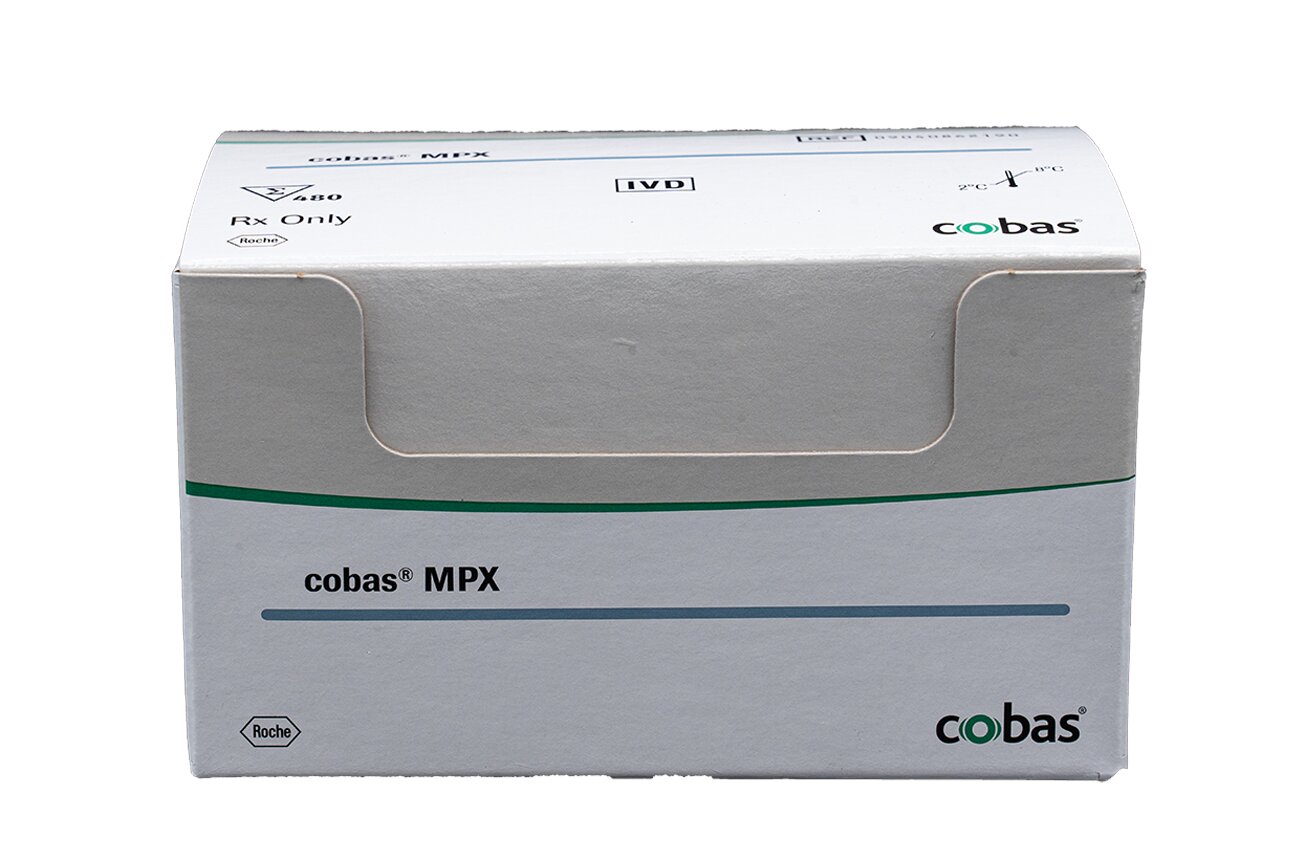Roche's technologies support a safe global blood supply
Our comprehensive blood donor screening solution
Roche is dedicated to helping save patients’ lives by delivering state-of-the-art donor screening solutions that help protect the global blood supply from infectious diseases. High-sensitivity blood screening technologies support the transfusion of safe blood by providing blood banks with high-quality laboratory tests.
Roche provides two blood screening technologies:
- Molecular testing using polymerase chain reaction (PCR) technology: Since PCR was invented in the early 1980’s, Roche has been at the cutting edge of developing new detection technologies to simplify and automate molecular testing. PCR technology detects life-threatening pathogens at the earliest stages of infection by direct detection of viral RNA or DNA.
- Serological testing using electrochemiluminescence (ECL) technology: Serological testing reduces the risk of transfusion-transmissible infections in blood and blood products by detecting antigens and antibodies to infectious pathogens. This ready-to-use technology makes it easy for laboratory professionals to report reliable results to healthcare providers, enabling them to detect life-threatening blood pathogens before blood transfusion.
Blood transfusions and plasma derived therapeutics help to save lives every day
Ensuring access to a sufficient and safe supply of whole blood and plasma products is a challenge.1 As a global leader and provider of the most comprehensive donor screening solution to blood centres and plasma fractionators worldwide, Roche recognizes this challenge and is committed to keeping the blood and plasma supply safe. To this end, we:
- Provide the most comprehensive donor screening solution
- Engage in active surveillance of emerging pathogens
- Partner with leaders in the field of blood safety to develop innovative solutions
- Offer healthcare consulting to optimize each individual laboratory's solution
A complete blood safety solution, designed to work together for increased efficiency
As the only single provider for nucleic acid testing (NAT), serology, lab automation and software solutions to blood centres and plasma fractionators worldwide, Roche offers the most comprehensive solution for whole blood and plasma screening. Experience the simplicity of leveraging a one-provider solution that increases workflow efficiencies and reduces the risk of manual handling errors.
Featured products
A comprehensive portfolio of solutions to streamline operations, reduce manual tasks, and increase efficiency and quality for donor screening facilities.
Comprehensive portfolio of serologic tests on a single system
Benefits of blood donor screening solutions from Roche
Your all-in-one blood donor screening solution
- Comprehensive provider: Roche is the only single provider for NAT, serology, lab automation, software solutions, and healthcare consulting to blood centers and plasma fractionators worldwide2
- Single vendor advantage: Simplify management with Roche's comprehensive, fully validated, and integrated end-to-end solution from one reliable source
- Exceptional support: Roche Blood Safety Solutions (RBSS) offers exceptional professional service and support with regional staffing
Minimize complexity and reduce time to release safe blood products
Our customers choose Roche to minimize complexity and manual processes, reduce time to release safe blood products, test efficiently at large volumes, and scale to handle future requirements. We help deliver these advantages with:
- Efficient training and management: The standard user experience across NAT and serology instruments makes training faster and staff management easier
- Customized solutions: Roche Healthcare Consulting and the Roche Blood Safety Solutions team are available to analyze your current workflow and create a customized solution to meet your lab’s specific needs
- Optimized footprint: The NAT workflow is designed to fit your footprint without requiring additional bench space
Achieve your institution's innovative vision now and in the future
You have a vision for your lab. We are here to help you build it at your pace and preference with:
- Scalable solutions: Develop your lab’s vision with customizable solutions that evolve with your needs
- Measurable efficiency: Interrelated services provide your blood bank with every advantage for enhanced efficiency, today and tomorrow
- Commitment to quality: Roche prioritizes infectious disease testing, including emerging pathogens, by continuously investing in assay performance and quality in NAT and serology
References:
- World Health Organization. Blood transfusion safety. [Internet; cited 2024 May 30]. Available from: http://www.who.int/health-topics/blood-transfusion-safety#tab=tab_1
- Roche Diagnostics Ltd. Data on file.

